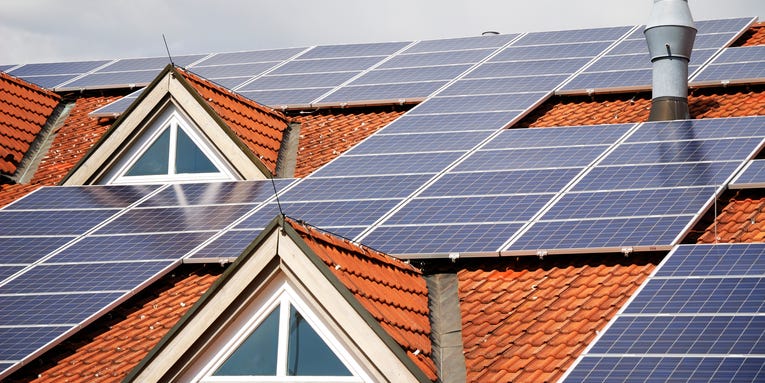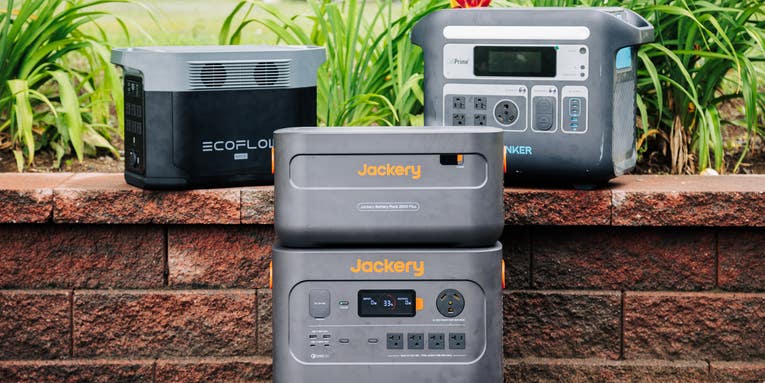
solar power
Latest solar power Stories

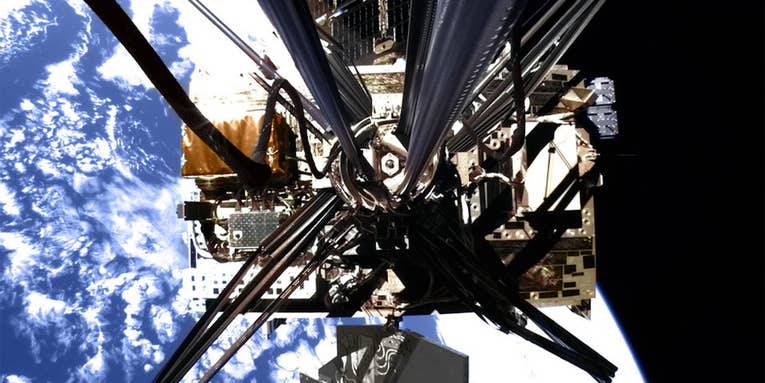
The first-ever space solar power tests are finished after a year in orbit
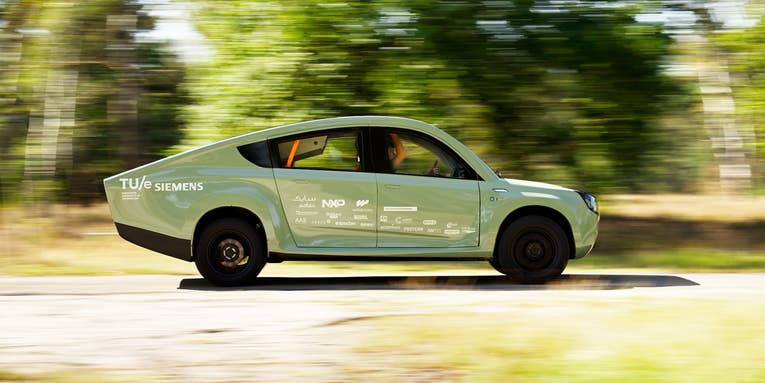
This off-roading, solar-powered vehicle just sped across the Sahara
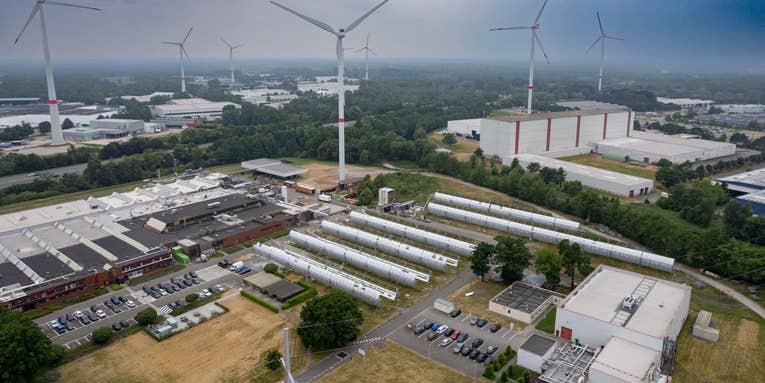
This Belgian factory’s massive mirror array turns sunlight into thermal energy
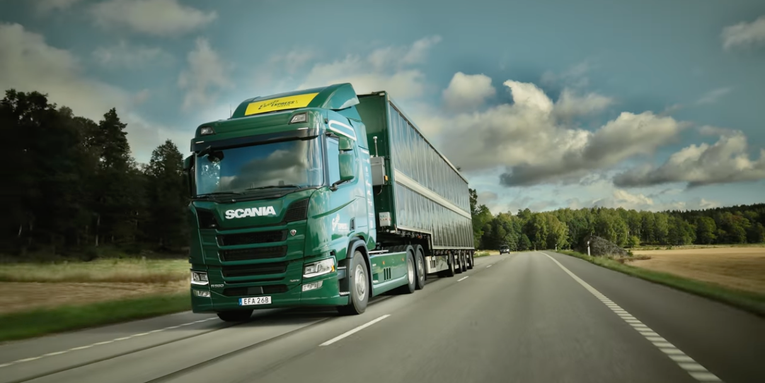
Sweden is testing a semi-truck trailer covered in 100 square meters of solar panels
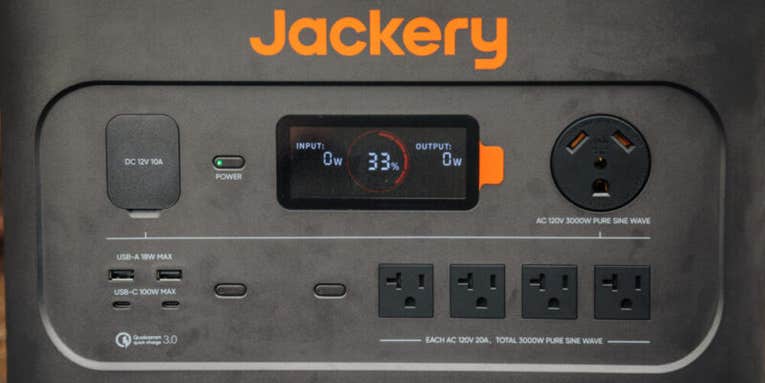
Save up to $500 on Jackery power stations at Amazon
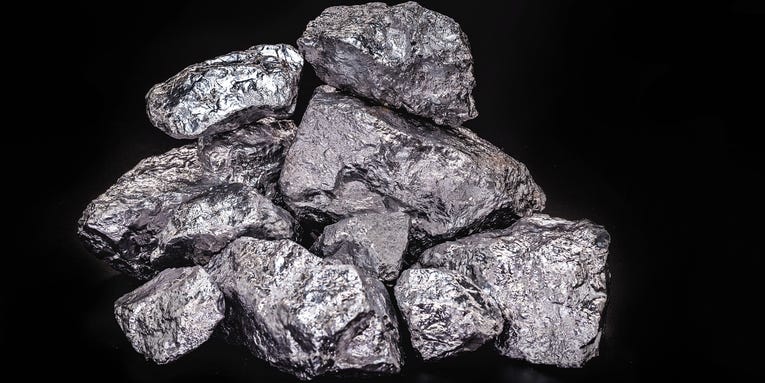
The same metal found on hot rods and Harleys could revolutionize solar panels
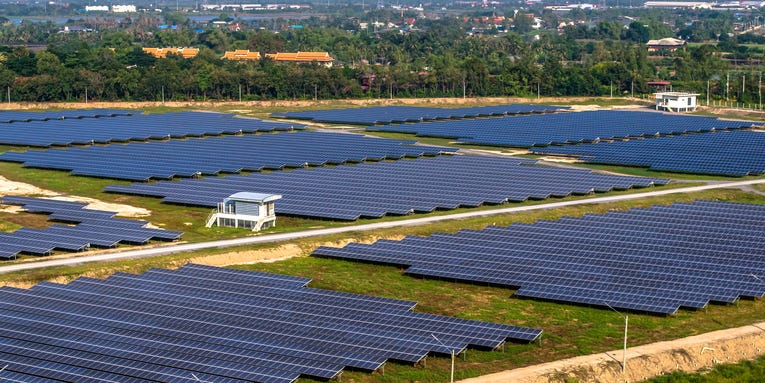
Solar power helps keep Europe’s grid reliable in historic heat
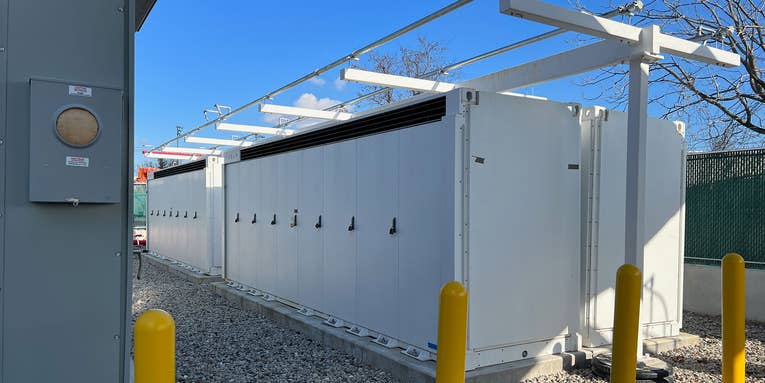
How an innovative battery system in the Bronx will help charge up NYC’s grid

Power hangouts without hangups with 30% off this EcoFlow portable generator on Amazon
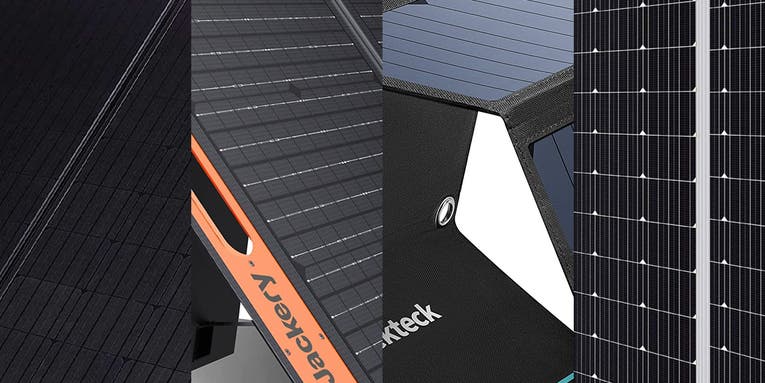
The best solar panels of 2023
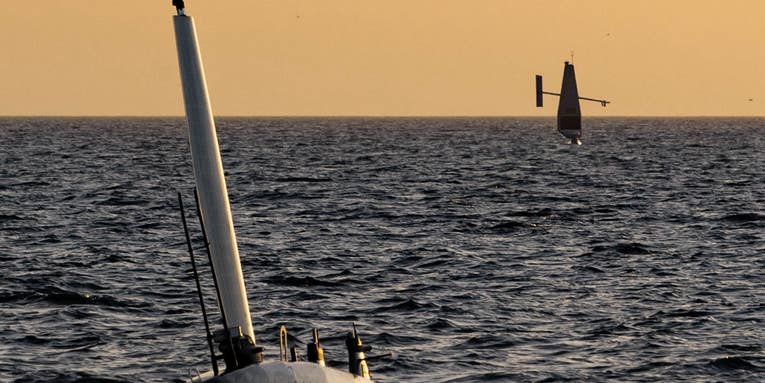
Colombia is deploying a new solar-powered electric boat
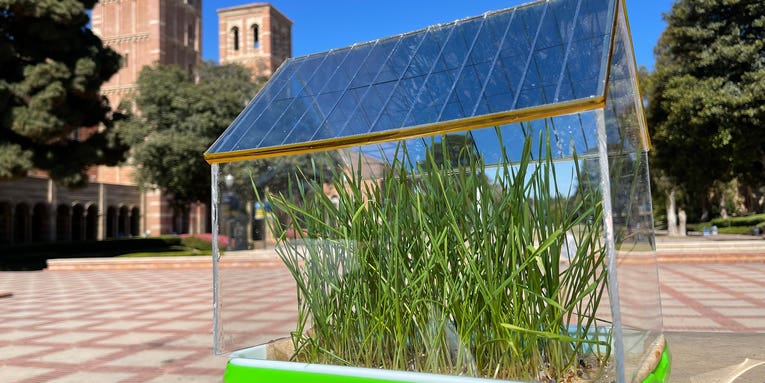
Scientists think this tiny greenhouse could be a game changer for agrivoltaics

Weather any storm with this portable generator deal on Amazon

The US Navy used solar-powered Saildrones to scout in the Persian Gulf
